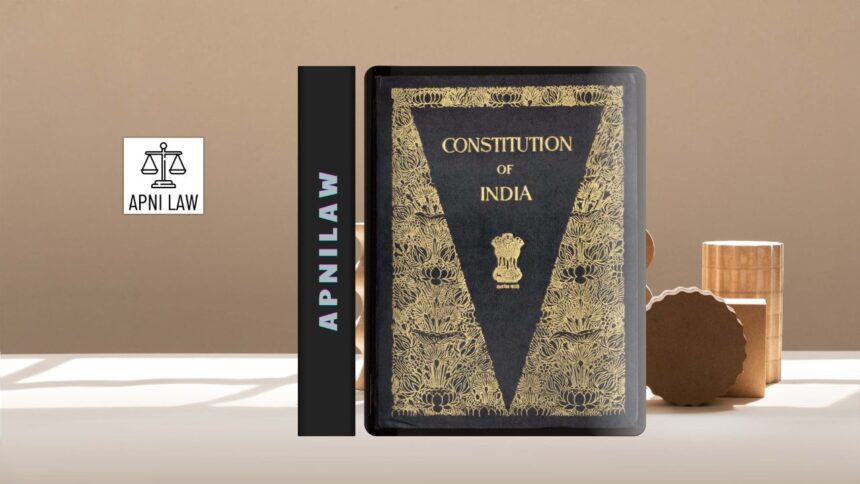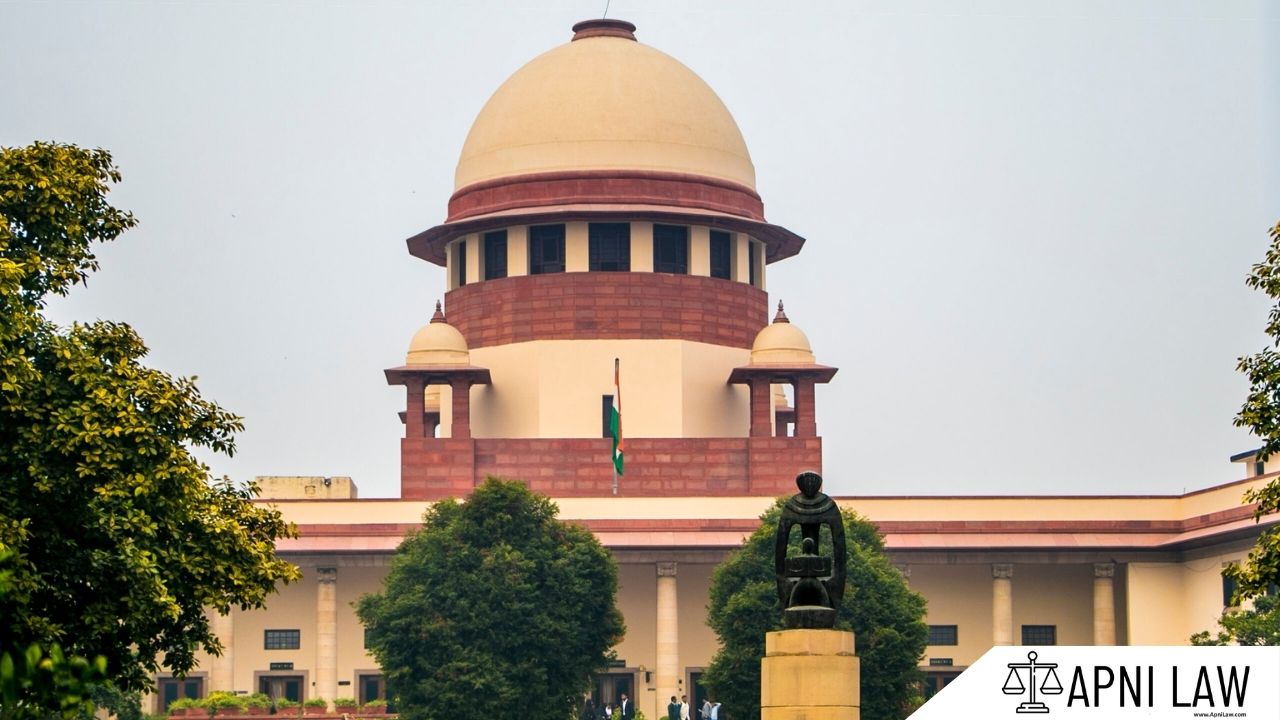The Indian Constitution is a living document. It adapts to the needs of society and governance through amendments. Article 368 of the Constitution defines the procedure for making these amendments. This procedure is special and different from ordinary lawmaking. It gives Parliament the power to amend the Constitution but also places checks to prevent misuse. Over the years, the process of amendment has become central to India’s democratic and federal structure. It ensures that changes reflect both flexibility and stability.
The Need for Amendments
The framers of the Constitution realized that no Constitution could remain static. Social, political, and economic conditions change with time. To meet new challenges, the Constitution must evolve. At the same time, it must protect its core values. This balance is achieved through the amendment process. Amendments allow reforms without rewriting the entire Constitution. India, since 1950, has amended its Constitution more than one hundred times. Each amendment has added new dimensions to governance, rights, and federal relations. Article 368 provides the legal framework for these amendments.
Initiating an Amendment
The process begins with the introduction of an amendment Bill. The Bill can be introduced in either the Lok Sabha or the Rajya Sabha. A minister or even a private member can introduce it. No prior permission of the President is required. This gives both the government and the opposition the opportunity to propose constitutional changes. However, only Parliament can initiate such changes. State legislatures cannot introduce constitutional amendment Bills directly.
Passage of the Amendment Bill
The Constitution sets a special standard for passing an amendment Bill. Unlike ordinary laws, amendments require a special majority. This means two conditions must be fulfilled. First, a majority of the total membership of the House must support the Bill. Second, at least two-thirds of the members present and voting must approve it. Both the Lok Sabha and Rajya Sabha must pass the Bill separately. There is no provision for a joint sitting if the Houses disagree. This strict procedure ensures that constitutional amendments reflect a broad consensus, not just the will of the majority party.
Role of States in Certain Amendments
Some amendments directly affect the federal structure of India. For such cases, the approval of states becomes essential. If an amendment relates to matters such as the distribution of powers between the Union and states, the representation of states in Parliament, or the jurisdiction of the judiciary, then half of the state legislatures must ratify it. Each state legislature gives its approval by a simple majority. Only after this ratification can the amendment move forward. This provision strengthens cooperative federalism by giving states a voice in shaping the Constitution.
Presidential Assent
After Parliament passes the Bill, and in some cases states ratify it, the Bill goes to the President. The President has no discretion in this matter. He must give assent to the amendment Bill. Unlike ordinary Bills, the President cannot return a constitutional amendment for reconsideration. Once the President signs, the Bill becomes a Constitutional Amendment Act. From that moment, the Constitution stands amended.
Types of Amendments
The Constitution recognizes three categories of amendments. Some changes can be made by a simple majority in Parliament. These do not fall under Article 368. For example, the admission of new states or changes in state boundaries require only a simple majority. The second type of amendment needs a special majority of Parliament under Article 368. Most provisions, including fundamental rights, fall in this category. The third type requires both a special majority in Parliament and ratification by at least half of the states. These involve sensitive federal provisions. The three methods together show that the framers balanced flexibility with rigidity depending on the importance of the subject.
The Basic Structure Doctrine
Though Article 368 gives Parliament wide power to amend, the Supreme Court has imposed a vital limitation. In the historic Kesavananda Bharati case of 1973, the Court held that Parliament cannot alter the basic structure of the Constitution. The basic structure includes features such as the supremacy of the Constitution, secularism, democracy, judicial review, and federalism. Any amendment that destroys or damages these features is invalid. This doctrine ensures that while Parliament may reform the Constitution, it cannot rewrite its soul. Subsequent judgments like Indira Gandhi v. Raj Narain and Minerva Mills reinforced this principle.
No Time Limit for Ratification
An important feature of Article 368 is the absence of a time limit for state ratification. State legislatures may take their own time to approve or reject an amendment. However, presidential assent cannot be granted until at least half of the states have ratified the Bill where required. This flexibility allows states to deliberate carefully before deciding on amendments that affect federal arrangements.
Examples of Constitutional Amendments
Several amendments highlight how Article 368 works in practice. The 42nd Amendment of 1976, called the “mini-Constitution,” made sweeping changes. It expanded Parliament’s powers and curtailed judicial review. The 44th Amendment of 1978 restored many democratic safeguards removed by the 42nd Amendment. The 73rd and 74th Amendments introduced Panchayati Raj and urban local bodies, strengthening grassroots democracy. The 101st Amendment introduced the Goods and Services Tax, reshaping India’s fiscal federalism. Each of these followed the procedure laid out in Article 368, showing the importance of this Article in adapting the Constitution to modern needs.
Significance of Article 368
Article 368 plays a crucial role in preserving the Constitution’s flexibility. A rigid Constitution may become outdated, while a too-flexible one may lose stability. Article 368 strikes a balance. It allows Parliament to respond to social and economic changes but requires consensus for deeper reforms. The involvement of both Houses, sometimes the states, and the President ensures that amendments reflect broad agreement across the political spectrum.
Criticism of the Amendment Procedure
Despite its importance, the procedure under Article 368 faces criticism. Some argue that the process is too rigid because a special majority is difficult to achieve. Others feel that state legislatures should have more say in amendments. Critics also point out that powerful governments with strong majorities in Parliament can pass amendments without much resistance. The 42nd Amendment is often cited as an example of potential misuse. Yet the Supreme Court’s basic structure doctrine acts as a strong safeguard against arbitrary changes.
For any specific query call at +91 – 8569843472
Conclusion
Article 368 provides the legal foundation for amending the Indian Constitution. It ensures that change is possible but not reckless. The requirement of special majorities, state ratification, and presidential assent creates a system of checks and balances. The basic structure doctrine further protects the Constitution’s core values. Through this carefully designed process, India’s Constitution remains dynamic while preserving its identity. Constitutional amendments, whether minor or transformative, must always pass through this procedure. Thus, Article 368 continues to safeguard India’s democracy by making the Constitution both flexible and enduring.








